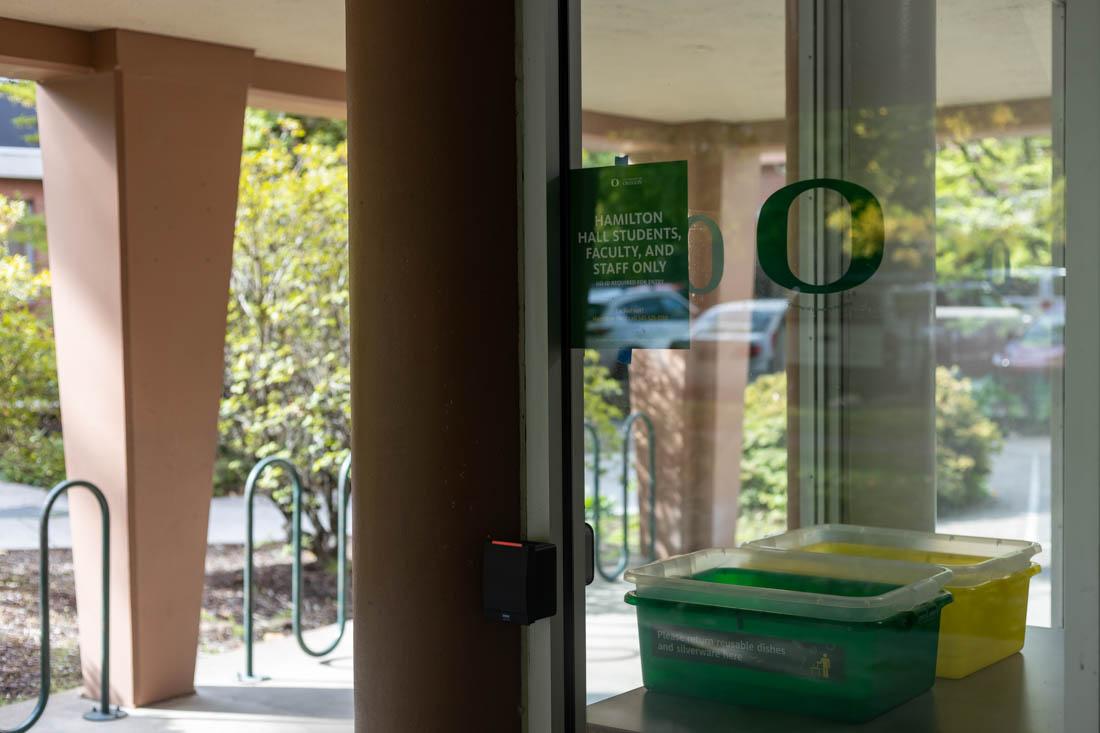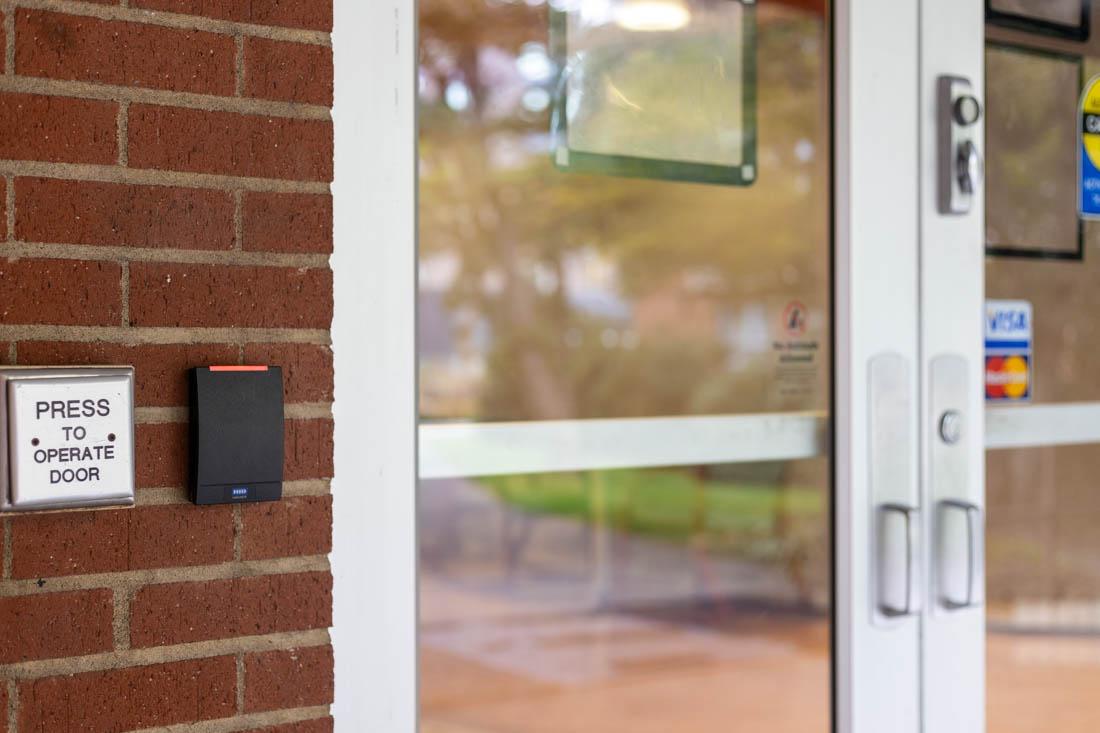With record freshman enrollment rates on the rise across the country and many universities struggling to keep up with housing demand, the University of Oregon has been no stranger to housing struggles of its own.
Due to an abrupt closure of Kalapuya Ilihi Hall days before UO’s housing portal opened, as many as 650 housing options for UO students and staff became unavailable forcing students into alternate housing options; one of these options was Hamilton Hall, a building built in 1961 that has asbestos, a carcinogenic material.
The decision between keeping Kalapuya, a newer dormitory that has cracks in its structure, or Hamilton open was lengthy. UO Housing decided that housing students in Kalapuya while repairing the structural issues would ultimately be too disruptive to student life and was deemed not feasible.
As a result, the Hamilton Walton Transformation project, which was scheduled to destroy Hamilton this year, was delayed in order to house the displaced students.
Associate Vice President and Director of University Housing Michael Griffel said in an email statement, “given the need to repair the Kalapuya Ilihi Hall and the impact the construction would have on student life, the choice was made to delay the removal of the Hamilton Complex until next year after repairs are scheduled to be completed.”
The Hamilton Hall Complex was finished in 1961, and with the building being over 60 years old, there are concerns over potential resident exposure to asbestos.
According to the National Cancer Institute, asbestos is a name assigned to six carcinogenic minerals that were popularly used in insulation. The manufacturing of asbestos was partially banned in 1989 by the federal government because it was found to cause serious cancers.
The University of Oregon acknowledges the use of asbestos in the building of residence halls and classrooms on campus until 1978, saying on their Asbestos Management web page that “asbestos was used in numerous building materials until about 1978” and that these building materials eventually “deteriorate due to age, gravity, moisture and impact.”
“We [at University of Oregon] take [asbestos abatement] very seriously. We basically hire the best private practitioners that we could hire” Environmental Services Manager Adam Jones explains, “we’re experienced, we know what we’re doing, and we take it very, very seriously… in the grand scheme of things that keep me awake at night, it’s [Hamilton’s asbestos presence] not even in there.”
The presence of asbestos, by itself, is harmless. Exposure can only occur when damage to something that covers asbestos material, such as drywall or paint, takes place. In the 11-page housing contract that all dorm residents sign, there is a disclaimer warning residents to not use any products that could do possible damage to the walls including nails, screws, double sided tape, Command Strips and more.
“I’m a little scared. I’d say because it’s scary to have that stuff [asbestos] in the walls. But I’d say I know that as long as I don’t [do damage to the walls], nothing’s gonna happen,” a freshman who lives in Hamilton Hall said. “I’m kind of secure but it’s still scary.”
An asbestos disclaimer in the housing contract says in part, “walls are inspected prior to resident arrival to ensure that they are in good repair and pose no hazard. Maintaining the walls in the condition they are in at resident Check-In will ensure safety.”
Despite concerns, UO Director of Issues Management Angela Seydel said in a statement that “the Hamilton and Walton Complexes are being replaced because they are outdated. The Walton Complex has been replaced with the new, upgraded residence halls, having better amenities for creating the dynamic and attractive communities that students expect.” The statement continued saying that the removal of Hamilton would be delayed to 2024, when repairs on Kalapuya are scheduled to be completed.
Asbestos in buildings is not a problem unique to the University of Oregon. There are over 40 K-12 schools in addition to colleges and universities in the state of Oregon that were found to have one or more buildings built with asbestos. The latency period for asbestos related diseases can last anywhere from 20 to 60 years, meaning that the effects asbestos will have on the current generation is unknown.
The repairs on Kalapuya are expected to cost the university millions. On Sept. 13, the university filed a lawsuit for $7.5 million against three entities associated with the construction of Kalapuya, including the architects of the hall and two construction companies.
The 210-page legal complaint filed by UO claims that “engineering defects and resulting property damage discovered at the Kalapuya [Ilihi] Residence Hall affect the building’s ability to perform as intended” and that the building is “at risk during a significant seismic event if repairs are not designed, planned and constructed prior to further use of the building,” further citing that they are suing on counts of breach of contract, negligence and indemnity.
The Hamilton Walton Transformation project is scheduled to go on as planned by closing Hamilton for the 2024-2025 school year after repairs on Kalapuya are completed. In an Oct. 3 meeting, UO’s campus planning committee recommended installing a beach volleyball practice facility in Hamilton’s place beginning in fall 2025. The university is facing a sex discrimination lawsuit over, in part, failing to provide the team with a practice site.
The Daily Emerald also reached out to Steve McKenzie, the director of housing for facilities services, who declined to comment on the matter.
The entrance to the main lobby of Hamilton Hall, a dormitory which has abestos, a carcinogenic material, inside its walls. (Kemper Flood/ Emerald)









